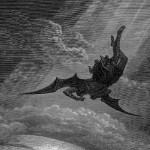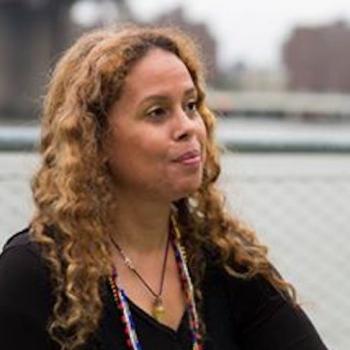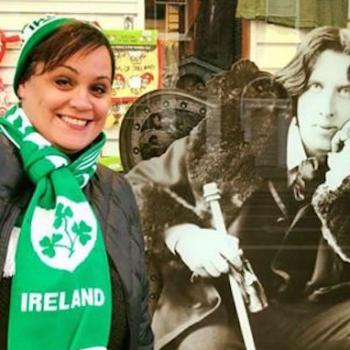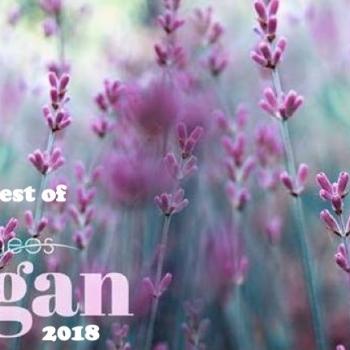Over the years I’ve found Imbolc to be the most varied of all the Pagan sabbats. It can be about Spring, snow, Brigit, and a dozen other things. I asked the writers at Patheos Pagan their feelings on the holiday and got a variety of answers. However (and whatever) you celebrate I hope you have a joyous Imbolc.
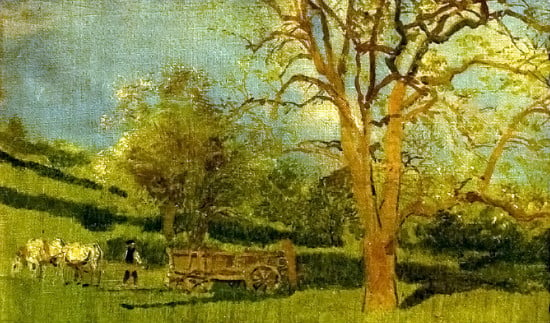
Megan Manson (Pagan Tama) One of the reasons I look forward to Imbolc as a Shinto-Pagan is that it occurs around the same time as the Japanese festival of Setsubun, on February 3rd. Like Imbolc. Setsubun marks the very beginning of Spring. The main theme of Setsubun is driving out negative energy and inviting positive energy, which is usually done by people throwing roasted soybeans outside their door or at a shrine and shouting “Oni wa soto, fuku wa uchi” (Demons out, luck in).
Sometimes, someone will act the role of the oni (demon), wearing an oni mask while the others throw the beans at them! Setsubun goes together well with existing Western traditions surrounding Imbolc and I now incorporate elements of Setsubun into my Imbolc practises, such as throwing beans out of the door before inviting in Brigid.
One more thing: Like Imbolc, Setsubun is also associated with a female figure – Otafuku, a comical woman who represents luck, who may also be an aspect of Uzume, the Shinto Goddess of mirth. Uzume plays an important role in Shinto mythology as it was she who encouraged the Sun Goddess to leave her cave where she was hiding and bring light and warmth to the people. Uzume therefore represents the positivity of the Sun’s growing light – just like Brigid!
Melissa Hill (Dandelion Seeds) In the Far Northern Hinterlands, otherwise known as Michigan, Imbolc is set square in the middle of winter. There are no snowdrops blooming yet, and spring is a nostalgic dream of a time when people don’t look like the Staypuft marshmallow man. As snowstorms rage outside, we turn inward, toward hearth and home, and that is where I find my Imbolc celebration.
My grove and my family celebrate both Celtic Brighid and Baltic Gabija as the goddesses of our hearth and heart. We light candles and make goddess dollies from grasses I’ve gathered. We resanctify our Brideog doll who travels all year from family to family bringing the blessings of the hearth fire to our grove members.
We gather around the fire and give thanks for the warmth and companionship we find there. As the ending of a common ADF prayer goes: let us pray with a good fire.
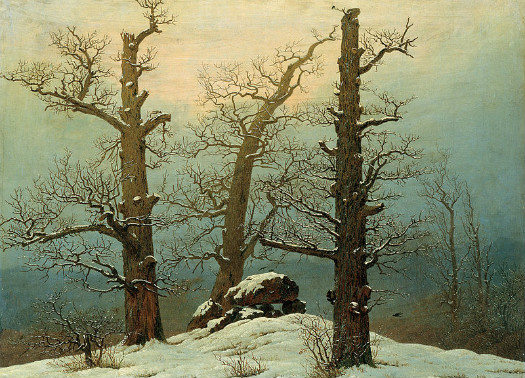
Jenya Beachy (Dirt Hearth Witch) Imbolc is one of my favorite times of the year. The days are becoming visibly longer and we are in the midst of the rainy season. Brigid is one of my Mothers and this is her time. Meditating on the process of tool-making, the melting and the pouring and the pounding and the quenching, helps me to reframe whatever challenges I might be facing. Creativity is, for me, often painful, and connecting to my Lady through her Well and her Fire helps to ease some of that pain. Also, remembering that it is her heat and her water that make hot tubs possible.
Jason Mankey (Raise the Horns) Imbolc is a tough holiday because it can be many different things. For my friends in more northern climates it’s the height of Winter, and not anything like the start of Spring. In California it’s supposed to mark the height of the rainy season, and with El Nino this year I have high hopes for that.
More and more I see Imbolc as the true “return of the light” festival, and no matter where I’m at in the United States I find that noticeable. I also think it makes for a much more sensible “Pagan New Year” than Samhain. Honoring Brigit has become a part of my coven’s Imbolc rites, and a welcome one. We also sometimes use the holiday like the Catholic Candlemas when we have new coven quarter candles that need to be blessed. I once found Imbolc rather forgettable, but with the emphasis now on the light, Brigid, and candles (instead of Spring) it’s becoming a new favorite.
Morgan Daimler (Irish-American Witchcraft) Imbolc is a major holiday in my family, a time when we honor the three sisters named Brighid and invite their blessing into our home. The traditions of the holiday most strongly feature Brighid the poetess. We ritually invite her in, make a bed for her, and on the next morning look for an omen of her good favor. But we also make offerings to her sisters, Brighid the healer and Brighid the smith and have some practices associated with each of them.
This holiday is a time for us to renew our connections to these important Goddesses as well as to acknowledge the return of life and nourishment. We make new Brighid’s crosses as protective talismans for our house, and tell stories of the different Brighids. It’s a really fun holiday with its emphasis on domesticity and the home.
Gwion Raven (The Witches Next Door) Imbolc, at our house, is celebrated as “Brigid”. It’s the only Reclaiming ritual that is regularly practiced with the same deity each and every time, at least here in California. YMMV in other Reclaiming communities.
My absolute favorite part of the Brigid ritual is a spell that’s been woven in for more than 30 years (who said we aren’t ancient!) called “Water Of The Worlds”. At the ascribed moment in the gathering, folks fill Brigid’s well with waters that are sacred to them. Waters from local rain collection efforts, favorite rivers, sacred pools and springs all over the world are added to the well with the oft repeated phrase “May all waters run free and clean for all people.” There’s a lovely history and little known lore to this spell, but that’s another story.
Happy Imbolc!


